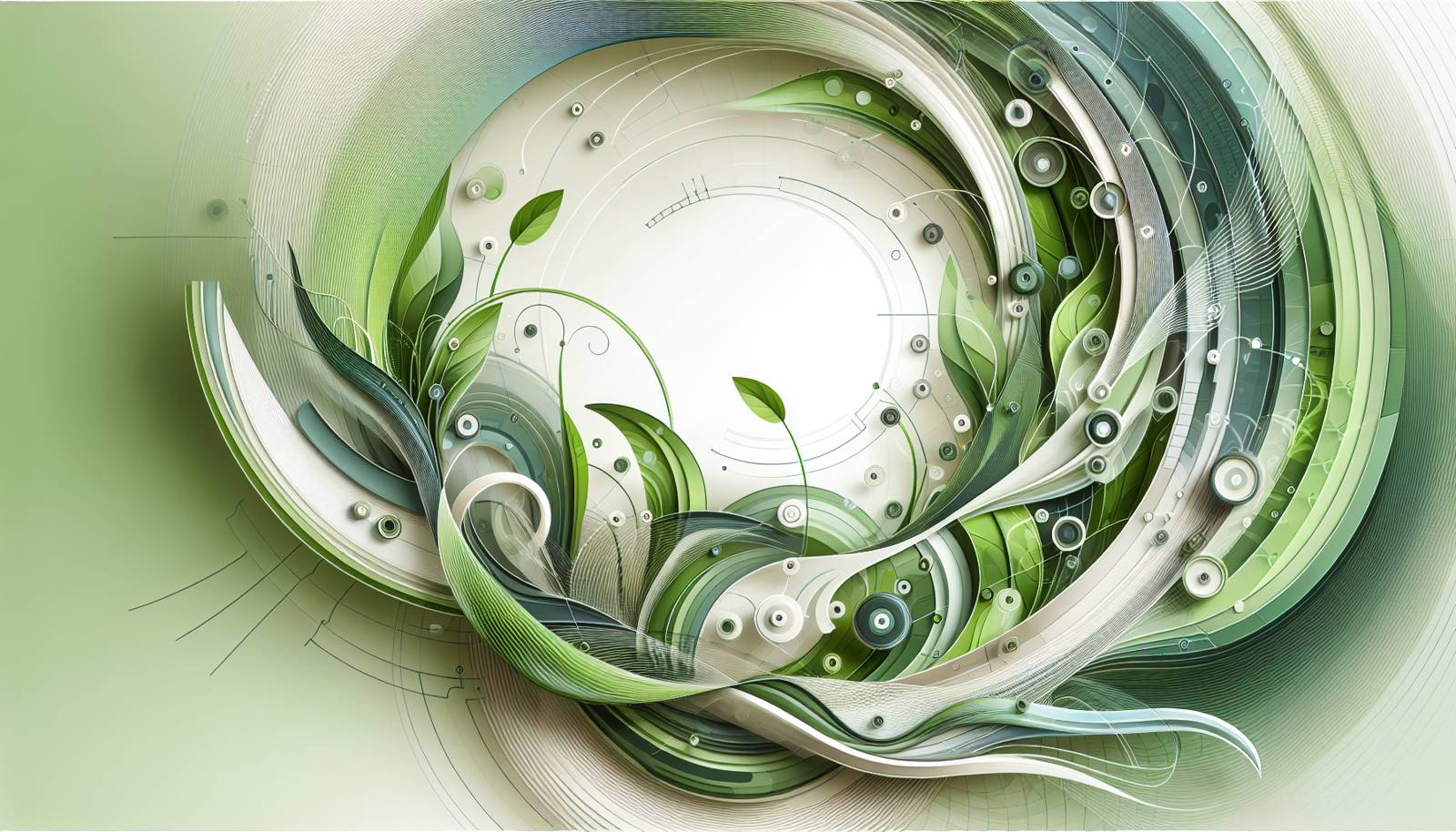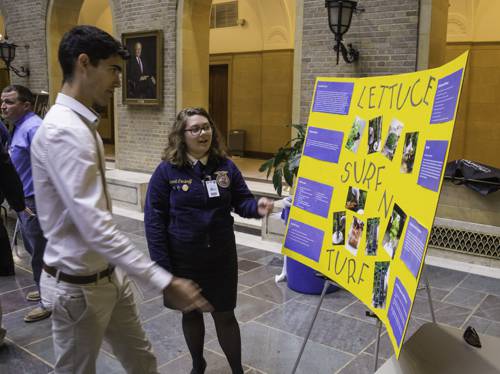
FAQ About Indoor Plant Growth Simulation Technology

What is indoor plant growth simulation technology?
Indoor plant growth simulation technology refers to systems and devices that recreate natural environmental conditions to promote optimal growth of plants indoors. These technologies use elements such as automated lighting, humidity control, temperature regulation, and nutrient delivery systems to mimic outdoor conditions within a controlled indoor environment.

How does lighting in plant growth simulation technology work?
Lighting in plant growth simulation technology typically involves the use of LED grow lights that can be adjusted in intensity and spectrum to match the natural sunlight plants experience outdoors. These lights can simulate different times of the day and seasons, providing the necessary light wavelengths for photosynthesis and overall plant health.

Why is humidity control important in indoor plant growth simulation?
Humidity control is crucial in indoor plant growth simulation because it ensures that plants receive the optimal amount of moisture from the air. Different plant species require varying levels of humidity for healthy growth. Proper humidity control helps prevent issues such as dehydration, mold growth, and leaf browning, thereby promoting healthier, more robust plants.

What type of plants benefit from growth simulation technology?
A wide range of plants can benefit from growth simulation technology, including tropical houseplants, herbs, flowers, and even some fruiting and vegetable plants. This technology can be tailored to suit the specific needs of various plant types, making it highly versatile and beneficial for both hobbyists and professional growers.

Can growth simulation technology replace natural sunlight?
While growth simulation technology is designed to mimic natural sunlight, it is not a complete replacement. However, it provides a highly effective alternative for indoor environments where access to natural sunlight is limited. When correctly applied, this technology can ensure that indoor plants receive the necessary light for photosynthesis and growth.

What role does temperature regulation play in plant growth simulation?
Temperature regulation is vital in plant growth simulation as it helps maintain the ideal thermal conditions for plant metabolism and growth. Most plants thrive within specific temperature ranges, and fluctuations can lead to stress or stunted growth. By carefully regulating temperatures, the technology ensures optimal growth conditions are maintained consistently.

Are there any risks associated with using growth simulation technologies?
Like any technology, growth simulation systems come with potential risks such as over-reliance on artificial conditions, which may make plants less adaptable to natural environments. Electrical malfunction or system failures could also negatively impact plant health. However, with proper installation and maintenance, these risks are manageable.

Is growth simulation technology suitable for novice gardeners?
Yes, growth simulation technology can be suitable for novice gardeners as it often includes automated features that simplify plant care. Many systems are user-friendly and come with digital interfaces or apps that guide users through the process of adjusting environmental conditions to support healthy plant growth.

How does nutrient delivery in growth simulation technology work?
Nutrient delivery in growth simulation technology often involves hydroponic or aeroponic systems where nutrients are delivered directly to the plant roots through water or mist. This method ensures that plants receive the right amount and balance of nutrients for optimal growth, often leading to faster and healthier development compared to traditional soil methods.

Can growth simulation technology adjust for seasonal changes?
Yes, advanced growth simulation technologies can adjust for seasonal changes by altering the light cycle, temperature, and humidity to match the conditions of different seasons. This ability allows plants to go through natural growth cycles and can be used to extend growing seasons or simulate transitions like from spring to summer.

What are some common misconceptions about indoor plant growth simulation technology?
One common misconception is that these technologies make plant care completely effortless; however, while they automate many processes, plants still require regular monitoring. Another misconception is the belief that any plant can thrive indoors with these systems. It's essential to choose the right type of plants suited for indoor simulation. Lastly, some think of these systems as extremely energy-intensive, but many are designed to be energy-efficient.

How energy-efficient is plant growth simulation technology?
Modern plant growth simulation technology is designed to be energy-efficient. Many systems use LED lights, which consume significantly less electricity compared to traditional lighting methods. Additionally, smart controllers optimize the use of resources like water and electricity, reducing overall energy consumption and operational costs.

What are the costs associated with indoor plant growth simulation technology?
The cost of indoor plant growth simulation technology can vary widely based on the complexity and functionality of the system. Basic setups can be relatively affordable, while advanced systems with full automation, climate control, and app integration can be quite expensive. It is important to consider the size of the setup, the number of plants, and the desired features when budgeting.

Can growth simulation technology help with plant propagation?
Yes, growth simulation technology can significantly aid in plant propagation by providing consistent and controlled environmental conditions that enhance root development and overall growth. Features such as controlled lighting, humidity, and temperature make it an excellent tool for propagating cuttings, seedlings, and young plants.

Is it possible to integrate growth simulation technology with smart home systems?
Many modern growth simulation systems come with smart technology integration capabilities. They can be connected to smart home systems, allowing users to monitor and control the growing conditions remotely via apps or voice commands using virtual assistants. This integration enhances convenience and ensures optimal plant care even when users are not at home.

How do simulated environments compare to natural environments for plant growth?
Simulated environments are designed to provide plants with optimal growing conditions, often more consistent than those found naturally due to controlled variables such as light, temperature, and humidity. However, they lack the biodiversity and dynamic interactions present in natural ecosystems, which can impact long-term plant adaptability and resilience.

What advancements are being made in indoor plant growth simulation technology?
Current advancements in indoor plant growth simulation technology include the development of more energy-efficient systems, the use of AI for data-driven growing conditions, and the integration of IoT devices for real-time monitoring and adjustments. Researchers are also working on improving the precision of nutrient delivery systems and the optimization of plant-specific growth programs.

Are there sustainable options for growth simulation technology?
Yes, there are sustainable options for growth simulation technology. Many new systems emphasize sustainability by using recycled materials, optimizing resource use, and implementing renewable energy sources such as solar panels to power the systems. Advancements in LED technology also contribute to reduced energy consumption, making these systems more environmentally friendly.

What is the future of indoor plant growth simulation technology?
The future of indoor plant growth simulation technology is poised for integration with more advanced AI, machine learning for predictive maintenance, and further customization for specific plant types. Innovations are also expected in user interfaces, making systems more accessible to everyday users, and expanding beyond traditional houseplants to include a wider variety of edible crops.

Can growth simulation technology aid in food production?
Yes, growth simulation technology can significantly aid in indoor food production by allowing precise control over environmental conditions, leading to higher yields and efficiency. This technology is particularly advantageous in urban or densely populated areas where traditional agriculture is less feasible, making it a key part of vertical farming and urban agriculture initiatives.
